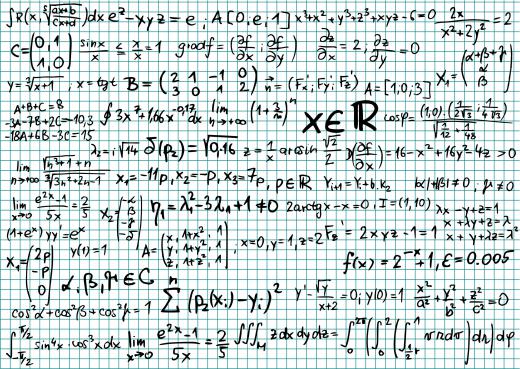The formula for change is an equation used by business managers to put into place organizational programs to overcome inertia and improve efficiency and productivity. Originally the formula for change was postulated by David Gleicher, Associate Professor of Economics at Adelphi University, a liberal arts and science university on Long Island in New York, New York, in the United States. Gleicher worked with Richard Beckhard, a pioneer in the field of organizational development, in creating the original formula.
Known commonly as Gleicher's Formula, the original formula for change was C = (ABD) > X. In the equation, C stands for change. This equals A, which is current dissatisfaction in an organization, times B, a desire for a better state of conditions, times D, a list of practical steps to make change happen. X is the cost that has to be paid or overcome for actual change to take place.

Kathleen Dannemiller, a co-founder of Dannemiller Tyson Associates, a change management firm in the U.S., updated the formula for change in 1992 into a more simplified formula that is widely used by business. The new version of the formula for change was written as D x V x F x CL > R. D stood for dissatisfaction with current conditions, V for vision of what things could be like, F for initial practical (first) steps towards change, and CL for creative leadership to make the process work. All of these elements multiplied had to overcome R, standing for resistance, for change to take place and be long-lasting.
Since the definitions of each element in both Gleicher's and Dannemiller's formulas are subjective, the formula for change falls under the category of human resource management. Any formulaic application of change in a business environment is subject to the unique character, personalities, and motivations of the people involved. Change management is an attempt to account for this and yet still make structured change of individuals working as teams possible in a predictable manner.
Concepts like the formula for change work at accounting for the fact that, given common statistics in the change program community, 75% of all attempts at systematic change of an organization fail. Awareness of this in both the initial and later versions of the formula for change are reflected when resistance (R) is not sufficiently overcome, or the cost of change (X) is not paid, and change does not happen or does not endure. Allowing for failure in the ideas developed by Gleicher and refined by Dannemiller may make the formula for change applicable beyond the business boardroom as well.
Many times, failure to change is attributed to inertia within the current environment, and/or the fact that leadership's vision of what others in the organization want is flawed. One example given of a failure of leadership vision by UK change program proponent Mark Eaton is termed “The Somme Mindset” in reference to the World War I battle of the Somme in July, 1916, which was the worst single day of losses in the war for the British army. Leaders at the time thought the battle would be easy, and dismissed repeated accounts of soldiers returning from the front who stated that the German defenses were intact. Instead, they reinforced their vision of change by believing in rare accounts by returning soldiers who claimed the British offensive was succeeding, ultimately resulting in the loss of 60,000 English casualties in one day.
